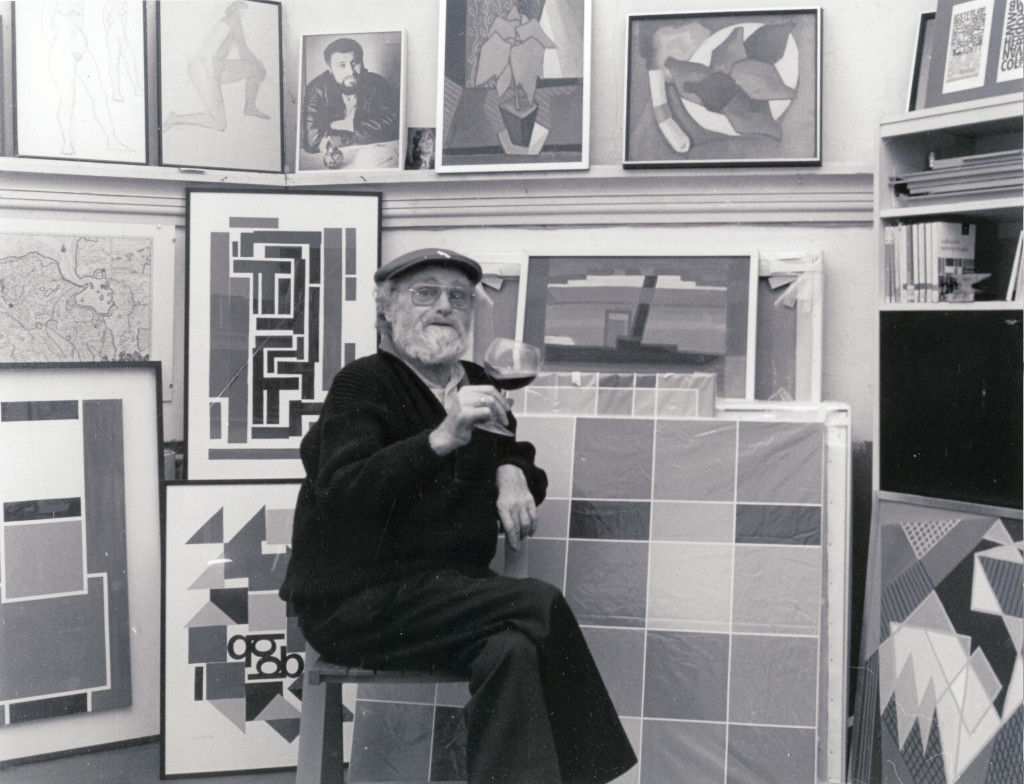Sijbren Ridsert (Siep) van den Berg (Tirns 1913 – Amsterdam 1998) was the son of a blacksmith. He first became a house painter, but also made paintings. From 1930 to 1933 he attended the evening drawing and painting course at the Minerva Academy in the city of Groningen and was taught by, among others, Jan Altink and met Gerrit Benner. After this training, he set up an advertising agency with Oscar Gubitz. In 1937, Hendrik Werkman discovered his painting and encouraged him to focus fully on it. In 1939 he rented the tea dome in the Sterrebos in Groningen as a studio. In 1943 he married Fie, the daughter of Hendrik Werkman.
Although Van den Berg did not like the artists of De Ploeg, he was happy to make an exception for Werkman. Werkman drew his attention to Cézanne's work. His way of dealing with the imaginary space in the painting and his denial of the traditional rules of perspective resulted in a completely new visual language.
His style developed from naturalism via impressionism and cubism to constructivism. In Cézanne, Sieb saw an artist who followed his own path and tried to portray what he observed in nature through experimentation and research. Not in a natural way, but by eliminating everything superfluous. After the Second World War he visited Paris several times and took classes at the Académie de la Grande Chaumière. He began to divide his images into angular areas of color. The French cubists and Mondrian were his main source of inspiration. Van den Berg divorced his wife and moved to Amsterdam in 1954, where he had a studio on the Brouwersgracht. He also kept the tea dome in Groningen.
There the relationship with reality gradually disappeared from his work and compositions were created of loose forms in complete abstraction. Van den Berg developed a purely representational mode of expression, based on a varied application of horizontals and verticals in red, yellow, blue, black and white. The line plays an important role in his work as a visual medium. Siep van den Berg was one of the few Dutch painters who made a name for themselves in post-war constructivism.

In addition to paintings, Van den Berg also made various sculptures; as a sculptor he was self-taught. Van den Berg saw conveying harmony and clarity through his public works of art as his most important objective. He made several sculptures in the Netherlands, including Lijnenspel in Stadskanaal, Libbensline in Tirns, Top and Twel in Oppenhuizen) and The liberated bird in Amsterdam. The Humanist Broadcaster made a documentary in 1986 in which Van den Berg talked about his life and work. His work can be found in the Groninger Museum and the Gemeentemuseum in The Hague, among others.

